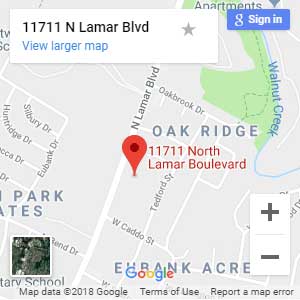Opioid drugs played a part in 33,091 deaths in 2015 and opioid overdoses have quadrupled since 1999, according to the Centers for Disease Control and Prevention (CDC).1 While we do know that scores of people are dying each day as a result of the opioid crisis and several U.S. states saw significant increases in drug overdose deaths from 2014-2015, all of this data is compiled using state death certificates and is more than a year old by the time we get it.
This delay in information limits the ability of public health officials and emergency responders to recognize an overdose trend or spike in a particular geographical area before it intensifies. This also inhibits their ability to prepare and respond to such occurrences.
In an effort to address this problem, the Washington/Baltimore High-Intensity Drug Trafficking Area (HIDTA) team at the Drug Enforcement Administration (DEA) created a drug overdose app called ODMAP that tracks drug overdoses in real time.2
Why This Drug Overdose App Matters
This app is different from other similar applications in that it allows public health officials and emergency responders to instantly record fatal and non-fatal drug overdose incidents as they occur. This information is added to a database that also tracks the location and time of the incident.
As a result, emergency responders and health officials can easily see and track geographic overdose trends early on, so they can prepare by stocking emergency vehicles with extra naloxone, adequately staffing affected areas, and distributing naloxone in the affected neighborhoods to help prevent overdose deaths.
Certain members of the police force also have password-protected access to the backend of ODMAP where they can log in and record other details about the overdose, such as which drug(s) were used, the victim’s overdose history and date of birth, and whether drugs were found at the scene. This information is stored in a different, HIPAA-compliant database that allows officials to analyze trends and understand where and how people are overdosing.3
The ODMAP app also solves the problem of limited data sharing between states and counties. Since this free app can be used by officials in any city or state, lawmakers and officials can share data and get a better look at how drug overdoses are moving from state to state and county to county.
Preventing Drug Overdoses
Tracking drug overdoses is an important part of understanding drug use trends across America and preparing a response, but unfortunately, it is not a complete solution to the current overdose crisis that is ongoing.
Drug overdoses happen for a number of reasons and they can be either accidental or intentional. Primarily, drug overdoses can be prevented with a combination of methods, as outlined by the CDC.4 These are:
- Improved prescribing practices
- Reducing exposure to drugs
- Preventing misuse
- Treating substance use disorder
Since every person’s circumstances are different, there is no single way to prevent overdoses. If you have a friend or a loved one who is addicted to opioids, prescription drugs, or another type of illicit substance, talk to them about their options for drug detox and addiction treatment. The sooner your loved one gets into treatment, the better chance they will have of achieving long-term sobriety.
Drug detox is the first stage of addiction treatment. Medically assisted detox will help your loved one complete the withdrawal process by treating uncomfortable withdrawal symptoms and addressing their emotional responses to withdrawal. This process prepares them for entry into a long-term drug rehab program, where they will learn how to live sober.
Helping your loved one get into treatment will decrease their risk for drug overdose and increase the likelihood that they will find permanent freedom from addiction. If you’d like to learn more about our detox center or our drug and alcohol detox programs, please call today! A Briarwood Detox Center admission specialist is waiting to speak with you.
References:


